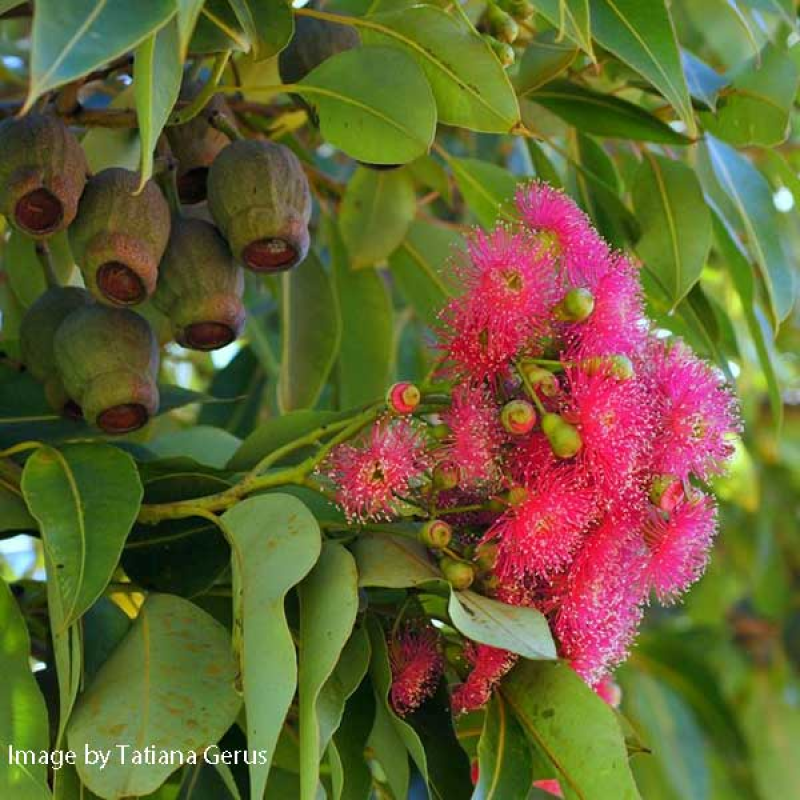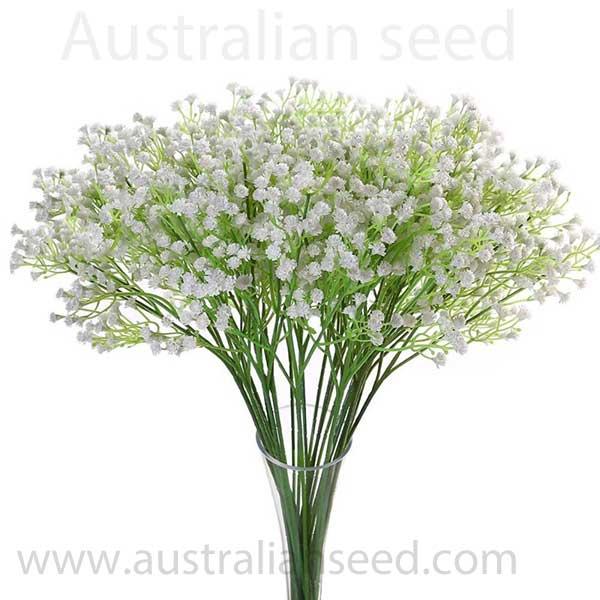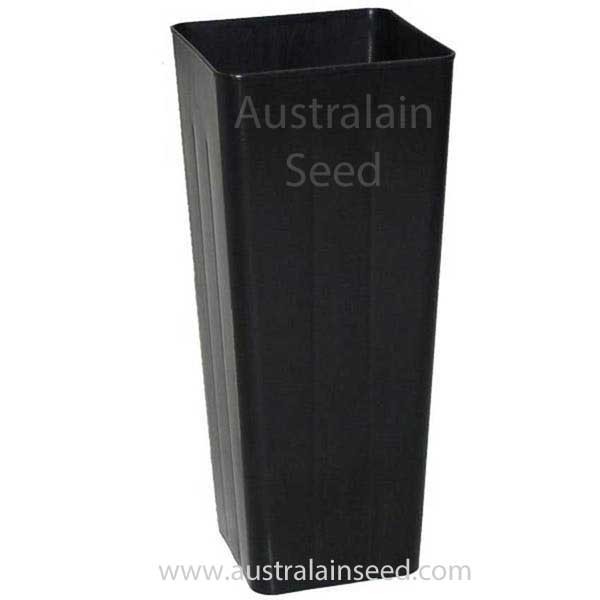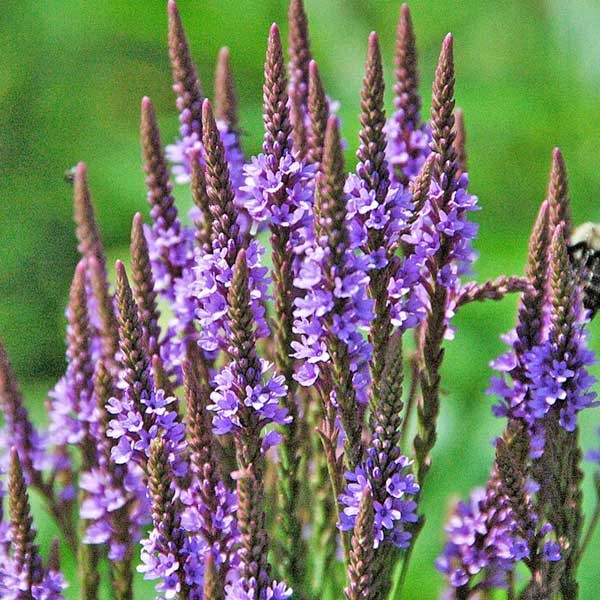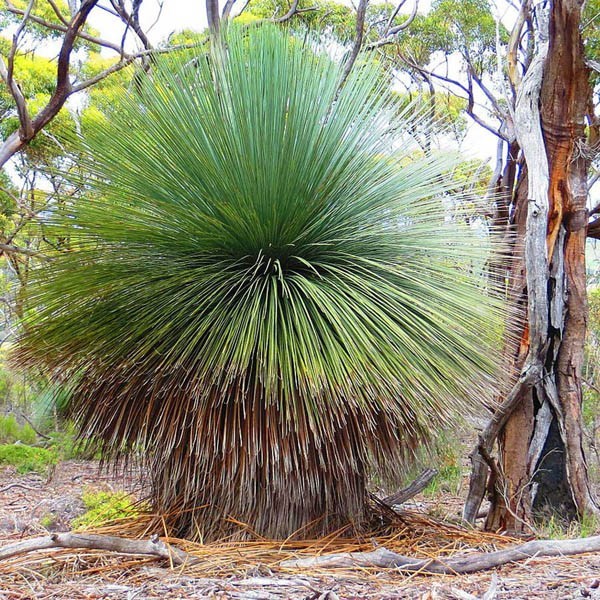We ship Internationally and Australia wide | Phytosanitary Certificates available for international orders.
A very ornamental rare variety of CORYMBIA calophylla produces an abundance of fluffy pink-red flowers in prominent clusters on the outside of the tree that occurs in mid-summer.
The bark is rough brown to grey-brown, and often has exudations of reddish gum.
CORYMBIA calophylla is an important tree in honey production in Western Australia.
The common name "Marri" is from the Nyoongar word for blood, referring to the gum. Marri occurs in a range of habitats. Occurs on the coastal plains and both the Jarrah and Karri forests of Western Australia in a range of soils.
Prefers a light sandy well-drained soil in an open sunny position, drought and frost resistant.
Easily grown from seed.
Image kindly supplied by Tatiana Gerus (Tatters) CC BY-SA 2.0
Note: Corymbia calophylla is one of around 80 eucalypts which were transferred in 1995 from the genus Eucalyptus to the newly created genus Corymbia. The species was formerly known as Eucalyptus calophylla.
Note: The forest giants of South Western Australia are considered to include six main species.
Corymbia calophylla (Marri) formally known as Eucalyptus calophylla
Eucalyptus diversicolor (Karri)
Eucalyptus gomphocephala (Tuart)
Eucaltptus jacksonii (Red Tingle)
Grow notes:
Eucalypts germinate readily from seed and are generally considered to be one of the easiest natives to grow from seed.
Depending on the species Eucalyptus seed comes in various sizes from very fine to several millimetres long.
As a rule of thumb seed that is fine should be sown on the surface of a porous mix and not buried. Seeds 1 to 2 mm in diameter can be covered very lightly and seeds from 2 mm up can be sown to a depth as the seed size.
Although seed can be sown most of the year in many parts of Australia seed is generally best sown in spring or autumn in temperate climates, avoid the coldest and hottest months of the year. The optimum germination temperature for germination is around 18-22°C
- Sow seed at a depth of 2-3 mm in a seed-raising mix.
- Water with a fine mist spray to avoid disturbance of the seed.
- Place in a warm shaded or semi-shaded position to avoid dying out.
- Keep warm & moist, avoid drying out or waterlogging the growing mix.
- Germination generally occurs in around 10-28 days in the right condition.
General note: Seeds of many natives are dormant and require specific conditions or pre-treatment for germination.
Do not be too hasty to discard seed that does not germinate, seeds will often lay dormant until the conditions are similar to their natural requirements for germination to occur. Containers put to one side will often surprise long after they are discarded.
Best sown in spring or autumn in temperate climates, avoid the coldest and hottest months of the year. The optimum temperature for germination is around 18-22°C
Sow seed in a seed-raising mix just below the surface.
Water with a fine mist spray to avoid disturbance of the seed.
Germination generally occurs in around 10-28 days.
Please note:
These growth notes are provided as guidance only and do not guarantee successful germination.
If you are uncertain about the requirements for importing seeds into your country, do not hesitate to contact our Export Manager at Australian Seed.
Being a registered Export Establishment, we have an officer who can help you obtain Phytosanitary certificates if needed.
It is important to note that the buyer is responsible for clearing the goods through customs and paying all associated charges, including import fees and taxes. Please note that we cannot accept returns due to Australian quarantine restrictions.
You can find the complete International terms and conditions by clicking on this link
At Australian Seed, we take pride in our extensive network of trusted suppliers and collectors who work with us to provide you with an unmatched selection of top-quality products.
Whether you are searching for a specific item or need to make a bulk purchase, our team is here to help. Our dedicated customer service representatives can guide you through our vast inventory and assist you in finding exactly what you need.
We are committed to providing our customers with the highest level of service and support.
Please don't hesitate to contact us If you require any assistance. Please don't hesitate to contact us at Australian Seed

